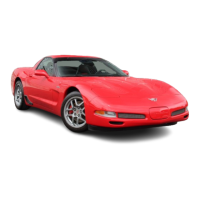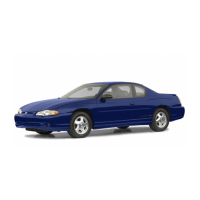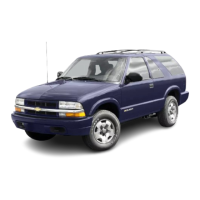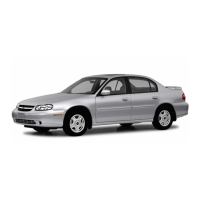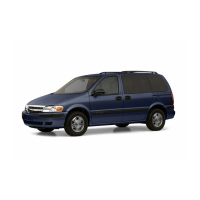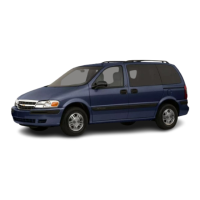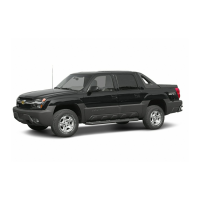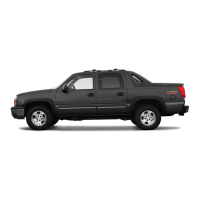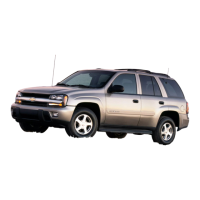Buying
New
Tires
To find out what kind and size of tires you need, look at
the Tire-Loading Information label.
The tires installed on your vehicle when it was new had
a Tire Performance Criteria Specification (TPC Spec)
number on each tire’s sidewall. When you get new tires,
get ones with that same TPC Spec number. That way
your vehicle will continue to have tires that are designed
to give proper endurance, handling, speed rating,
traction, ride and other things during normal service on
your vehicle. If your tires have an all-season tread
design, the TPC number will be followed by an “MS” (for
mud and
snow).
If
you ever replace your tires with those not having a
TPC Spec number, make sure they are the same size,
load range, speed rating and construction type (bias,
bias-belted or radial) as your original tires.
the vehicle
m
-
not handle p -)erly, and you
could have a crash. Using tires of different
sizes (other than those originally installed on
your vehicle) may also cause damage to your
vehicle. Be sure
to
use the correct size and
type tires on all four wheels.
If your vehicle is equipped with Extended Mobility Tires
and you feel that winter tires are needed, see
Extended Mobility Tires (Except
Z--’
I
page
5-54.
Mix..-d tires could cause yo-.
__
.--e
con-.
-11
while driving.
If
you mix tires of different sizes
(other than those originally installed on your
vehicle) or types (radial and bias-belted tires),
CAUTION: (Continued)
If you use bias-1 _..‘es on your vt
...
cle, the
I
wheel
rim
flanges
could
develop
cracks
after
many miles
of
driving.
A
tire and/or wheel
could fail suddenly, causing a crash. Use only
radial-ply tires with the wheels on your vehicle.
I
5-59
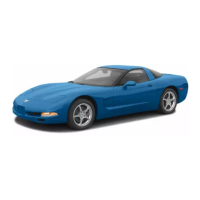
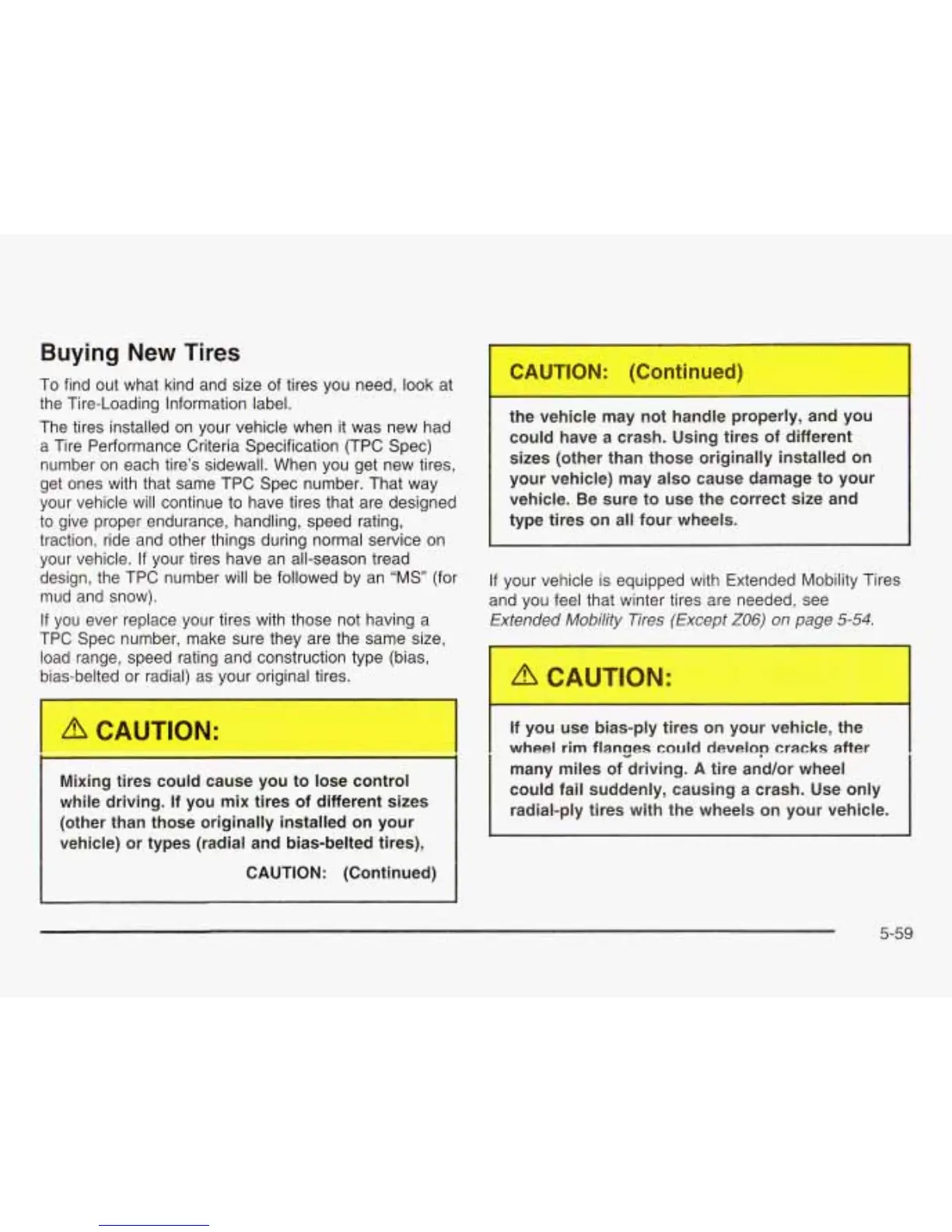